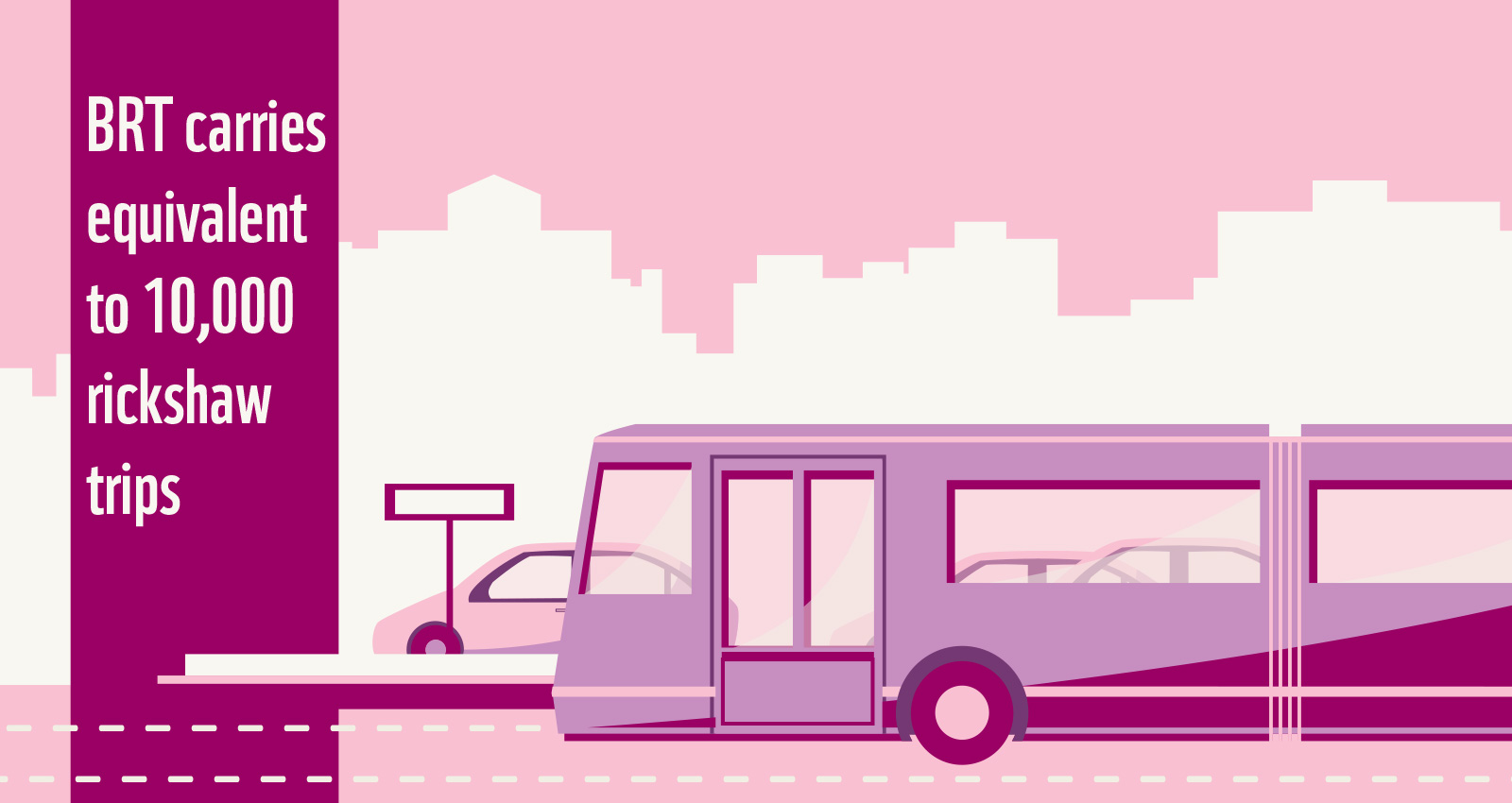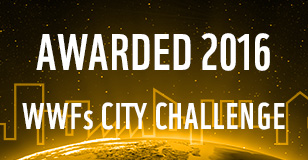The WWF is run at a local level by the following offices...
RAJKOT

International participation and partnership
Rajkot is a participant in a variety of international urban development initiatives, including the Urban LEDS project, which uses ICLEI’s GreenClimateCities methodology to support 36 international cities in mainstreaming into their policy and operations portfolios sustainable planning, financial and participatory innovation, and technical leadership for sustainable, low-emission urban development.
To implement this and other frameworks, the local authority, i.e. the Rajkot Municipal Corporation (RMC), created a Core Climate Team and Stakeholder Committee which establish both priorities and ensure broad participation.
2012 was a marquee year for the RMC, because both of the flagship sustainable mobility projects were launched in that year: the Rajpath Bus Rapid Transit (BRT) system; and the G-Auto rickshaw booking and fleet management concept and company. With motor vehicles growing by around 10%, in an already cramped city swamped with vehicular traffic, one of the few options for immediate relief is to allocate some of the existing space to so-called BRT, which doesn’t require tunnels to be dug or new roads to be laid. Instead, it requires simply a dedicated lane on existing highways, plus customer and interchange stations. The Rajpath, or Path of the King, is the name for the Rajkot BRT, runs parallel to the main arterial highway, uses the global best practices for ticketing and embarkation/debarkation, supplements other non-vehicle modes such as walking and cycling, and now has three arterial lines across the city carrying passengers equivalent to 10,000 rickshaw journeys. Additionally, RMC has created a cycle-sharing project across key areas of the city, linked to the BRT stations.

G-Auto - central management of local transport solutions
The auto-rickshaw has been a mainstay of Indian urban mobility, accounting for 10-20% of road trips. This is important to the Indian urban economy and social model, but the pollution caused by the poorly maintained two-stroke engines of the majority of these vehicles, and the road congestion caused by a deregulated, unplanned model, has been a huge externality inflicted on urban dwellers. The innovation launched in 2012 was the G-Auto, a city-supported and centrally-managed rickshaw model has been a great contributor to reducing congestion and cleaning up the air-quality. Users can book in advance – initially by phone, and now online and on mobile – and the commercial and non-profit partners, including RMC itself, responsible for planning and managing the service can design infrastructure, and optimise fleet purchase and maintenance, on the basis of a full view of the system requirements.
At the level of systemic interventions, Rajkot has brought a number of themes together under its emerging SMART Society scheme, which is a people-powered initiative, with RMC funding and framing, to enable better solid and water waste management, maximum use of solar energy, rainwater harvesting, and increase in tree-cover landscaping across the city. It harnesses collaborative competition among the groups from each ward of the city, to deliver results for their area across these themes, benchmarked in terms of overall carbon reductions
This project is gathered under the overall framework of Urban LEDS which keeps score against an ongoing, and internationally published greenhouse gas (GHG) inventory. Already achieved under this framework are streetlights with LED alternatives, and a growing deployment of rooftop solar panels to municipal buildings including schools. An ongoing breakthrough is the discipline applied to management of solid waste, including the total ban on prohibited plastic, and a highly-effective door-to-door waste collection exercise.
Beyond Urban LEDS, Rajkot is showing how a city can interact beneficially with national and global partners, such as EMBARQ (a key partner by G-Auto), and the development of a District Level Energy Park, showcasing non-fossil energy options, with the support of the national Ministry on New and Renewable Energy.

© Wikipedia_Apoorvjani
Want to know more about Urban solutions?
Contact Barbara Evaeus
Global Communications Manager,
WWF One Planet City Challenge
+46 70 393 9030
barbara.evaeus@wwf.se
Text by: John Manoochehri
Last edited: 2017-03-15


